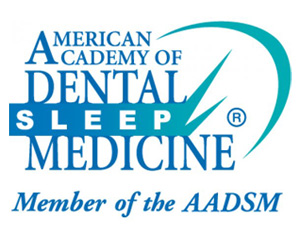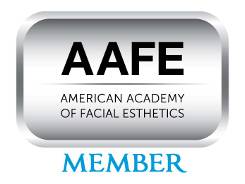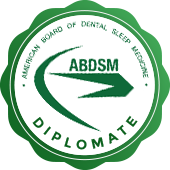 Receding gums can be a symptom of gingivitis, the first stage of gum disease. It can also be caused by other factors, like a genetic predisposition to developing gum recession or bad brushing techniques.
Receding gums can be a symptom of gingivitis, the first stage of gum disease. It can also be caused by other factors, like a genetic predisposition to developing gum recession or bad brushing techniques.
Gingivitis occurs when plaque and tartar make their way below gum tissues. The bacteria inside them infect gum tissues, leading to an inflammatory response. Over time, the inflammation becomes chronic, leading to permanent damage to bone and gum structures in the mouth.
Reversing receding gums
A patient can reverse gingivitis by stepping up their oral hygiene routine and getting regular teeth cleanings. In some cases, a dentist might also recommend root scaling and planing to get rid of plaque and tartar build-up. Reversing gum disease helps stop the patient’s gum tissues from receding further, and treatments like gum grafts can cover up exposed teeth roots.
Failing to treat gingivitis allows the condition to progress to the advanced stage, periodontitis. This is the leading cause of tooth loss in adults, and it is linked to health issues like diabetes and heart disease. People with periodontitis have a higher risk of suffering a major cardiovascular event, like a heart attack.
Treatments
Periodontitis cannot be reversed, but it can be managed with appropriate treatments. It makes gum recession worse and damages the structures in the mouth that keep teeth in place. The ways that a dentist can treat patients with periodontitis include the following.
Deep cleaning: Also known as root scaling and planing, this involves removing tartar and plaque deposits from teeth and their roots. It helps slow down the infection of gum tissues, minimizing the damage caused by the condition.
Gum flap surgery: This is a surgical treatment that is reserved for advanced cases of gum disease. It involves removing tartar from teeth roots and gum pockets. Medication might be inserted into gum pockets before reattaching gum tissues to teeth roots.
Medication: Dentists use medication like antibiotics to help control the infection in a patient’s gums. The medication might be in the form of a mouth rinse or a pill taken orally.
Gum grafts: This treatment is used to address gum recession. It involves taking gum tissues from other areas of the patient’s mouth and stitching them over the exposed gum tissues. The procedure can restore the appearance of the patient’s teeth and protect delicate teeth roots from the acids made by oral bacteria.
Bone grafts: This involves using donor or synthetic grafting material to rebuild bone structures that have been damaged by gum disease. This can help prevent tooth loss.
Missing teeth replacement: Gum disease is the leading cause of tooth loss in adults, so dentists often replace lost teeth as part of the patient’s treatment. Oral prosthetics like dental implants can be used to replace lost teeth.
Get treatment for receding gums
The early stage of gum disease can be reversed before your gums recede significantly, and treatments like gum grafts can be used to cover exposed teeth roots. Give us a call or visit our Bellevue clinic to set up an appointment with our dentist.
Request an appointment or call Artisan Dental Bellevue at 425-454-2005 for an appointment in our Bellevue office.
Related Posts
Concerned about gum recession? Read on to learn the commonality of receding gums and how they can be treated and prevented. Receding gums are common among individuals with periodontal disease. However, there are different levels of gum recession, and the severity of the concerns depends on how far the gums have receded.Receding gums can become…
Gums deterioration exposes the tissue that protects the teeth's roots. Receding gums may also occur around an improperly placed tooth. When the origins of the teeth become exposed due to receding gums, the teeth are more susceptible to decay, infection, and loss. People may halt or reverse the progression of gum recession if they seek…
Receding gums occur as a result of periodontitis (gum disease). Early intervention for gum disease can minimize the invasiveness of treatment, and many patients are able to restore the health of their gums and teeth through improvements in their oral care routine, non-invasive dental treatments, and at-home remedies.At-home remedies do not reverse receding gums, but…









